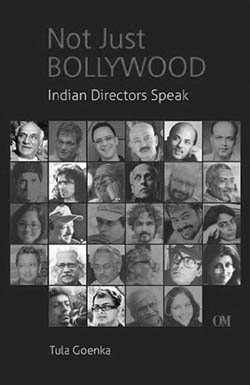In a quasi-romantic and quasi-realist statement, ‘much to my disappointment, the shelves were full of texts on Hollywood and European filmmakers with nothing substantial on contemporary Indian directors’ (p. 10), Tula Goenka states, clearly, her objective behind writing the book, recovers directorial voices that contribute heavily to the process of filmmaking but still remain unheard. Interestingly, this attempt, to recover unregistered domineering voices, places Goenka in the vicinity of the subaltern studies circle
February 2015, volume 39, No 2

